15 Forgotten Poor Man Sandwiches No One Makes Anymore
Sandwich lovers may consider it a gourmet snack, especially considering all the amazing ingredients that are stacked in sandwiches these days. But the truth is, sandwiches were built out of need, like a survival tactic. Tight budgets and empty fridges led to what they called ‘poor man sandwiches.’ It gave people the creativity to combine leftovers and standbys to fill their bellies.
Let’s revisit some of these recipes.
Lard and Salt
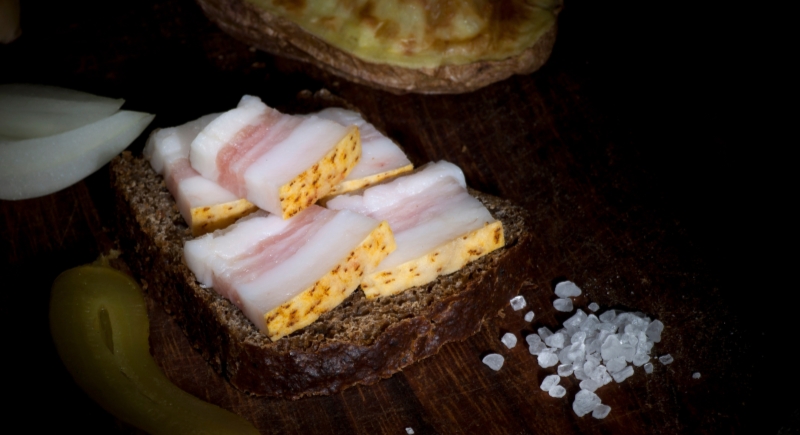
Credit: Getty Images
The lard and salt sandwich is a pure expression of a poor man’s cooking. Lard added calories, and salt added flavor, or at least made it somewhat tolerable. Farmers, miners, and factory hands all ate it, not because they liked it but because it was what the pantry had left.
Butter and Sugar
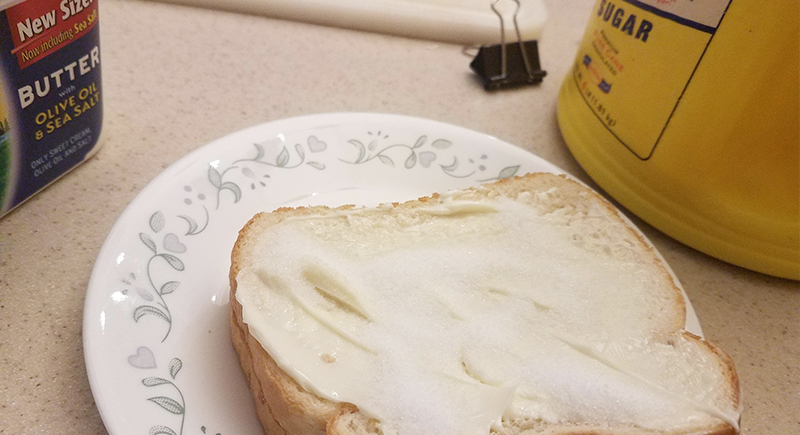
Credit: Reddit
This was a treat in households where treats were rare. Butter was spread thin, and sugar was shaken over. For Depression-era kids, this sweet bite was the closest thing to dessert. It felt like a break from hardship, even if just for a minute.
Raw Onion and Mustard
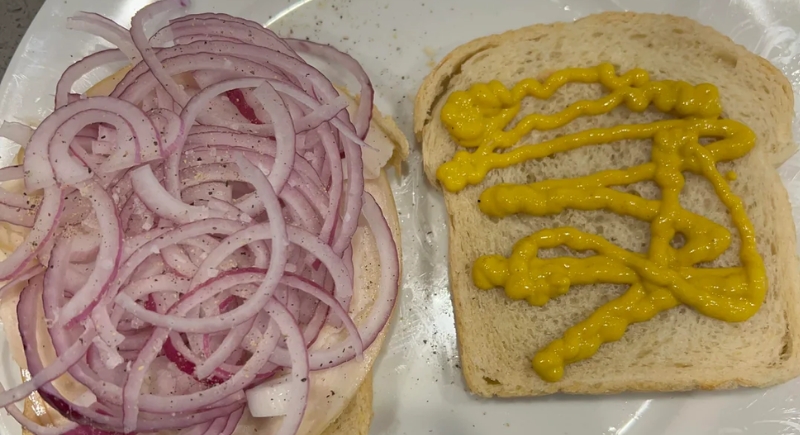
Credit: Reddit
Onions were durable, cheap, and easy to grow, so they were ideal ingredients for poor men’s sandwiches. Add mustard for moisture and acidity, and you had a punchy lunch with almost no cost. It filled stomachs and cleared sinuses.
Cold Hot Dog and Ketchup
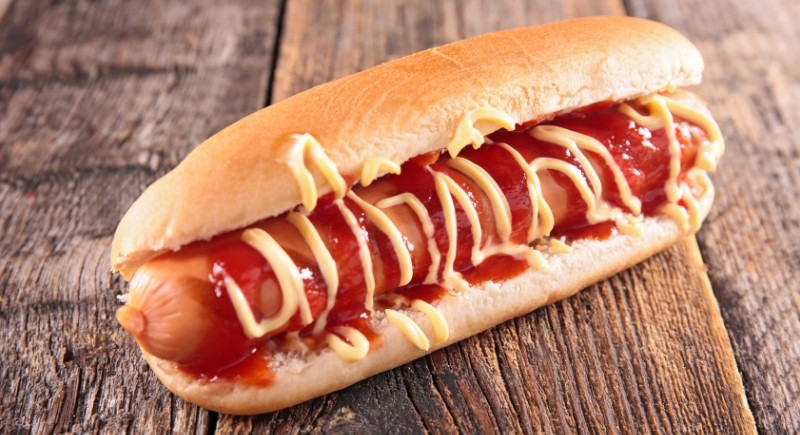
Credit: Getty Images
Leftover franks from dinner were sliced cold and drizzled with ketchup between bread. They didn’t even bother to warm them up or refine them further. However, they did fill a sandwich slot when there was no meat to spare.
Mashed Potato
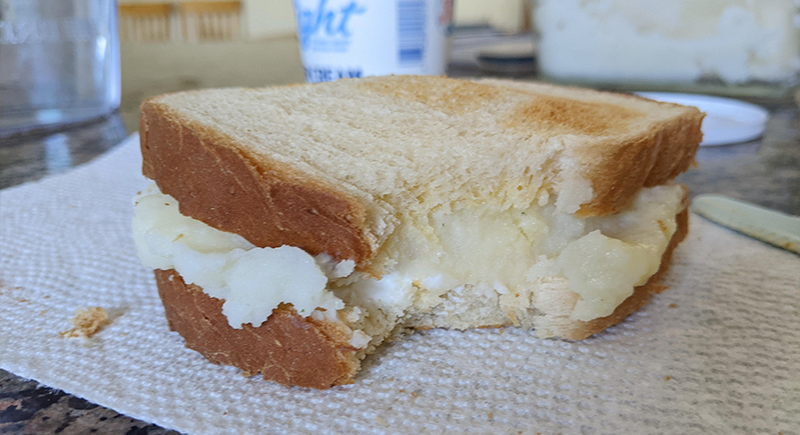
Credit: Reddit
Mashed potatoes, especially leftovers, were a go-to during the Depression era. Slapping them on bread was a natural move when meat or eggs were gone. Pepper or gravy made it better, but it wasn’t required.
Sardines and Mayo
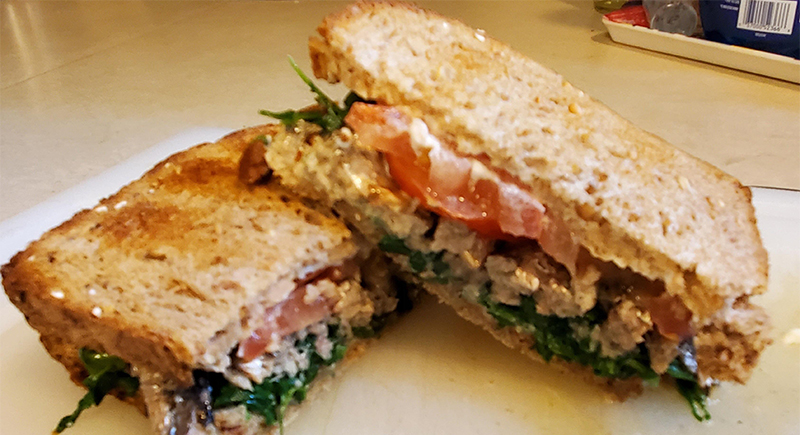
Credit: Reddit
This sandwich combined a shelf-stable protein with the cheapest condiment in town. Sardines were smashed with mayo, sometimes jazzed up with onions if available. This was the fish sandwich for folks who didn’t live near the coast. It was high in calories and surprisingly satisfying if you could get past the smell.
Apple and Mayonnaise
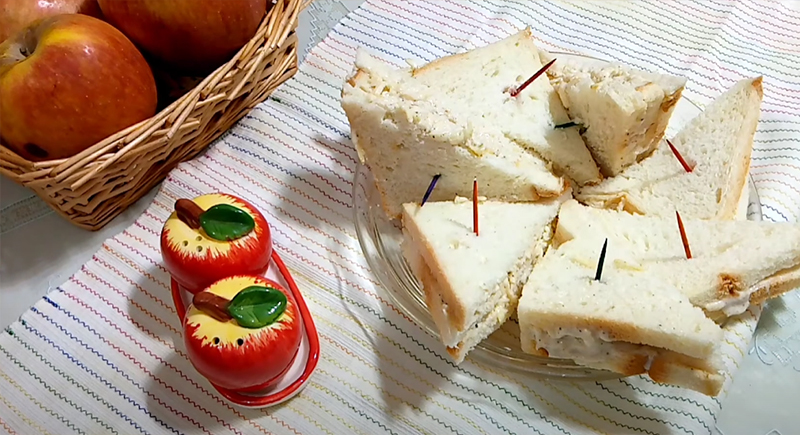
Credit: Youtube
You might not think it, but slices of apple paired with mayo actually made for an somewhat palatable combination of crunch and fat. It worked when fruit was bought in bulk and meat wasn’t happening.
Fried Bologna and Mustard
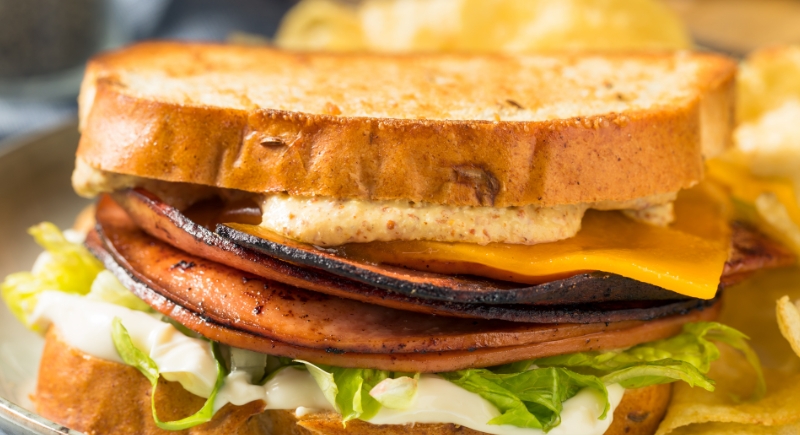
Credit: Getty Images
Bologna was already cheap, but frying it for those crisp edges gave it a glow-up. Mustard punched up the flavor, and the whole thing went on white bread for a reliable, if repetitive, midday meal.
Peanut Butter and Pickle
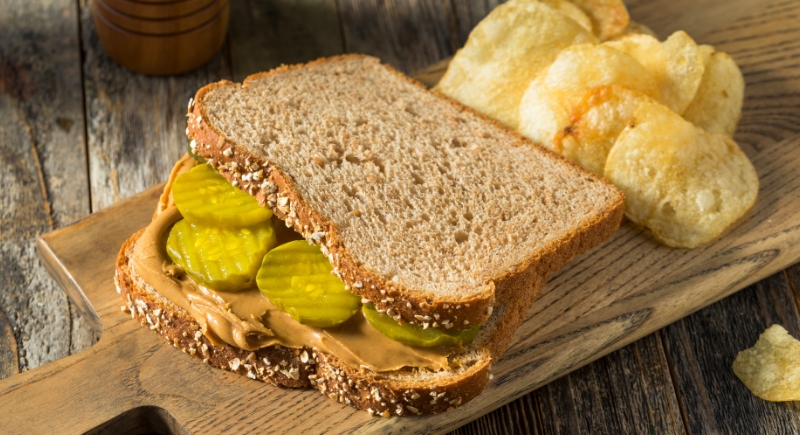
Credit: Getty Images
This sandwich had protein, fat, and acid: pickles preserved from summer gardens and peanut butter from rationed stores. The combination tasted as strange as it sounds, even today. But it was preferred because it was readily available, and, most importantly, satisfying.
Ketchup Sandwich
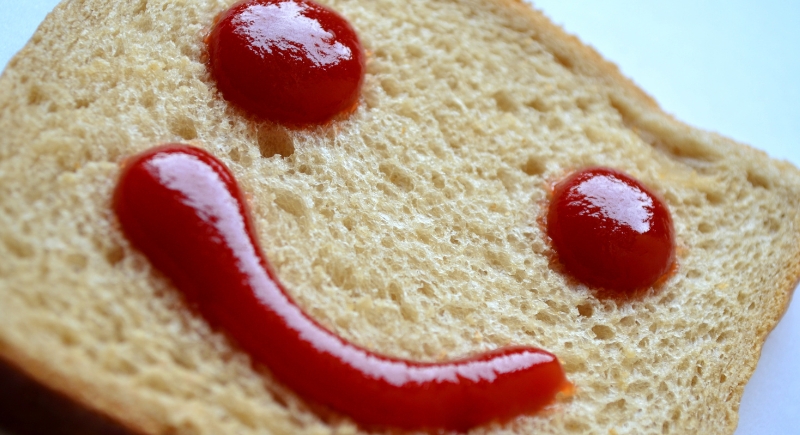
Credit: pixabay
Sometimes, you just want a quick bite. Bread and ketchup made that happen. This meal was the ultimate description of a poor man’s sandwich with nothing but ketchup. There was no protein or crunch. But flavors—well, there was sweetness and acidity on carbs. For kids who grew up with it, this was the lowest rung on the sandwich ladder.
Tomato and Mayonnaise
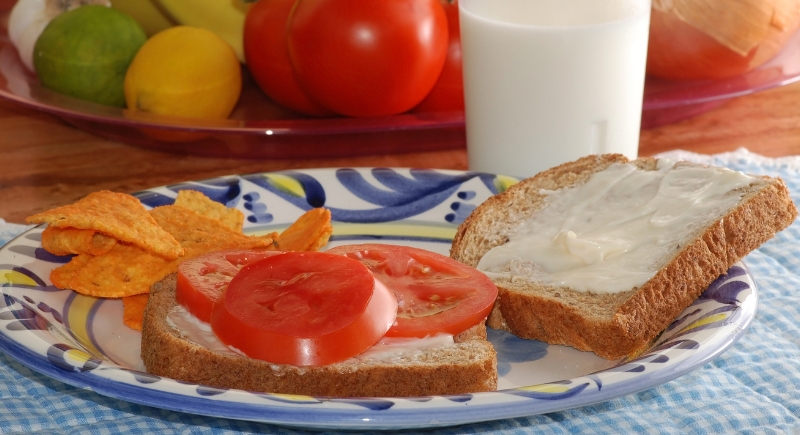
Credit: Getty Images
This sandwich took little effort to put together, but delivered more comfort than its simple ingredients suggested. Thick slices of ripe tomato were layered with mayonnaise and seasoned with salt and pepper, then placed between slices of soft white bread.
Banana and Mayonnaise
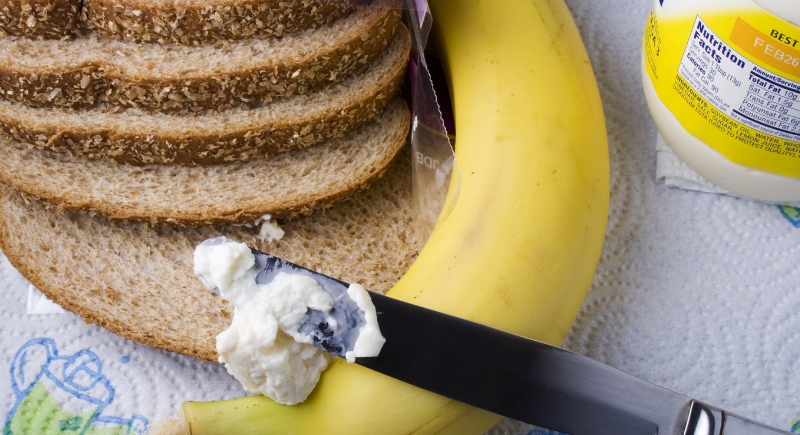
Credit: Getty Images
This Southern classic made the most of two affordable ingredients. Bananas were filling, and mayo added fat, and together, they landed somewhere between a sandwich and a snack. Outsiders cringed, but locals shrugged and ate.
Cabbage and Mustard
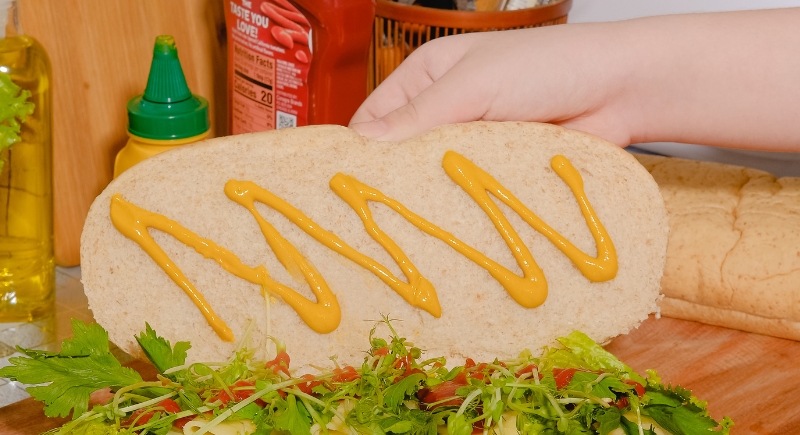
Credit: Canva
Boiled cabbage may not scream lunch, but it found its place between slices of bread with mustard for a kick. Cabbage kept forever, mustard added bite, and nobody left hungry. Cabbage’s long shelf life and low cost made it a common choice in poor households.
Spaghetti Sandwich
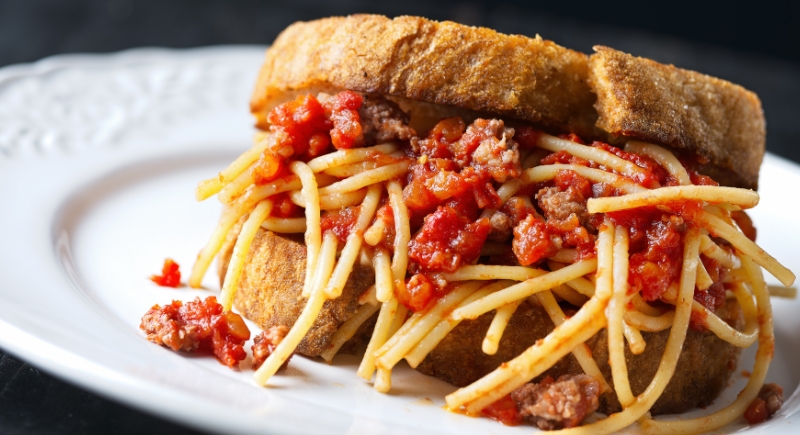
Credit: Getty Images
Yes, the star ingredient of this sandwich was the leftover spaghetti. Instead of wasting it, it was pressed between bread to transform it into a poor man’s pasta panini. No other fresh ingredients were added to avoid additional costs.
Oatmeal Patty
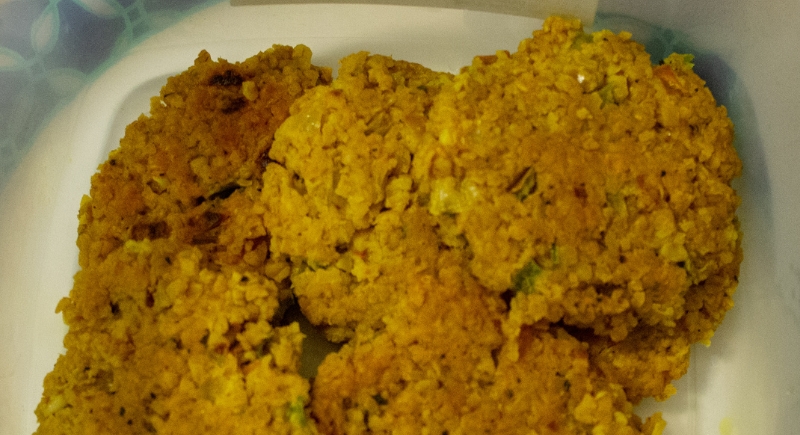
Credit: Getty Images
When sausage was out of reach, oatmeal stepped in. After being thickened with flour or breadcrumbs, seasoned with onions, salt, and pepper, and then fried in lard or bacon grease, it became a makeshift patty that could stretch across multiple meals.